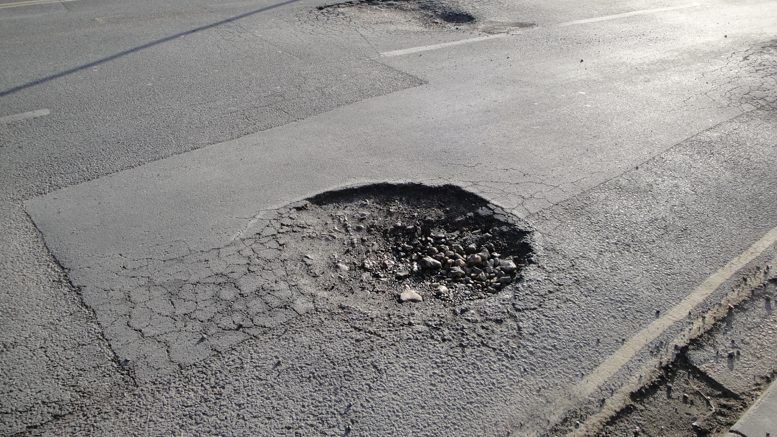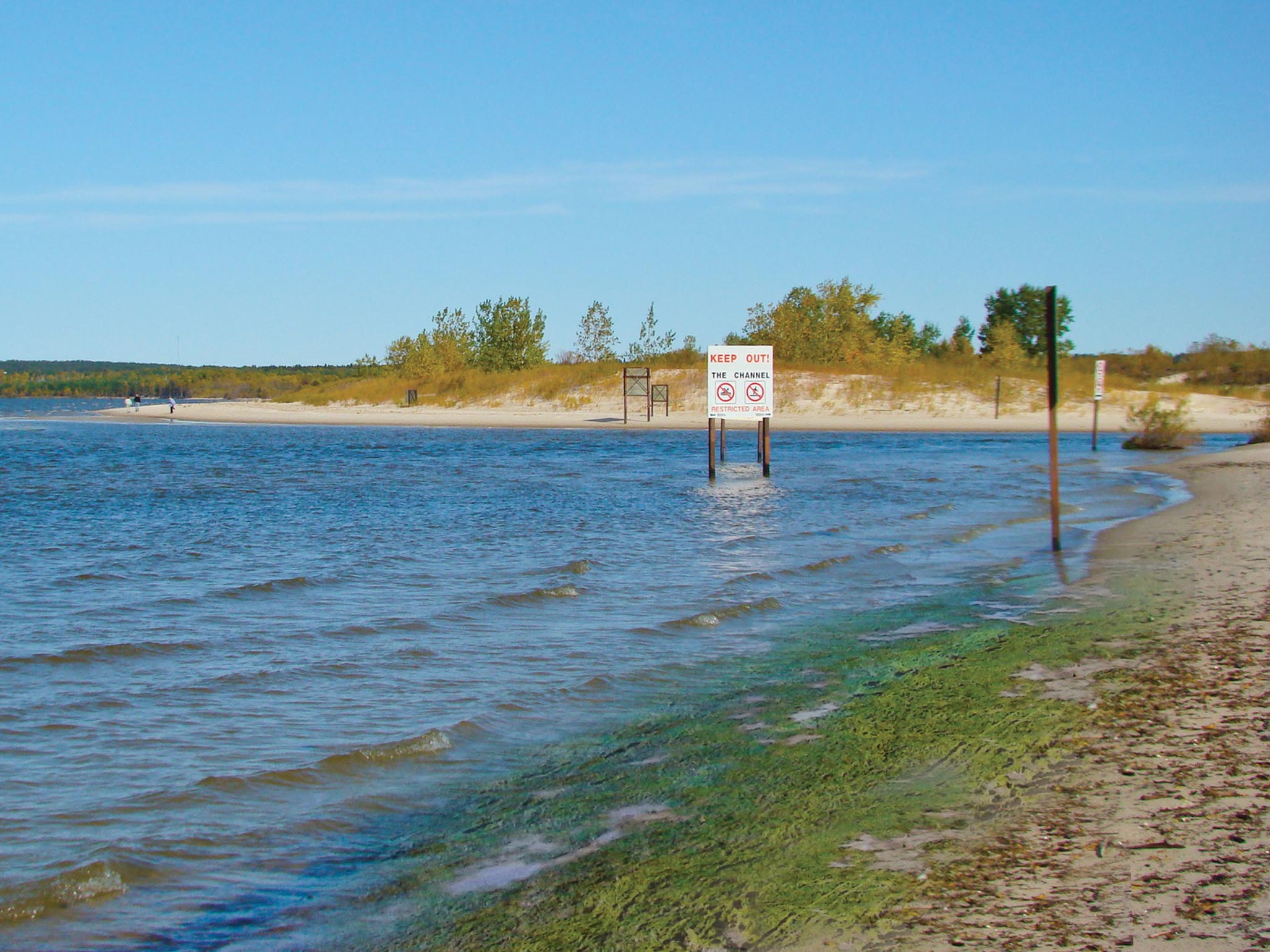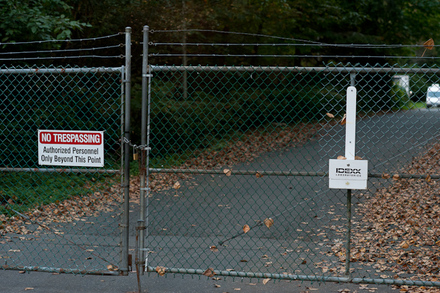After surviving months of winter driving, the Manitoban driver’s reward is the beginning of pothole season. The erratic fluctuations between warm and cool temperatures in early spring are responsible for this annual damage to the road system: the warm periods cause water to enter the foundation of pavement as the snow and ice on top of the road melt, and when cold weather returns, this absorbed water freezes and expands, forcing the pavement upward. This process is called “frost heave.” The ice eventually melts, leaving voids beneath the surface of the road. One of these hollow sections becomes a pothole when the bulging asphalt collapses – often under the weight of a vehicle.
In order to reduce how many of these hazards drivers will need to dodge, the City of Winnipeg, the province of Manitoba and the government of Canada have invested a combined $105 million towards more than 150 construction projects on local streets. This commitment is more difficult to appreciate from the perspective of drivers, whose commute becomes longer with every lane closed for repairs.
Fortunately, engineers are working to spare all road users from this recurring nuisance by developing strategies for making road maintenance less expensive and more efficient. The faculty of engineering at the University of Manitoba is contributing to these advancements through the team of engineers who comprise the Pavement Research Group.
The Manitoban spoke with Ahmed Shalaby, the principal investigator of the Pavement Research Group, about his research. The goals of this research include determining how to prevent environmental stressors from weakening pavement, how to prolong the effectiveness of repairs to damaged pavement, and how to detect early signs of damage on roads.
As annoying as the road conditions in Manitoba can be, it is worth considering whether there are any other options available to us. Surprisingly, the basic material that provides the foundation for many modern road systems does not actually represent a modern technology. Ancient Mesopotamia provides the site of the first documented paved road system, and the material used by that civilization was essentially the same as the material that often forms the basis of our own modern streets and highways. That material is called bitumen – modern road builders refer to this substance as asphalt.
It may seem confusing that the strategy being used today to build better roads was the system used as far back as in Ancient Mesopotamia. However, when asked, Shalaby noted that Manitoba was working with the best materials available.
“A lot of the roads in Manitoba are one of two materials: either it’s asphalt or bitumen, or concrete. The city of Winnipeg builds a lot of concrete [roads], and those are the two typical materials around the world. They are the best materials because they are ubiquitous – they are everywhere – and cost-effective,” Shalaby explains.
“I’m not sure there is any other material that can meet those requirements and remain cost-effective. Anything else that we may use would be maybe too expensive. If we didn’t have [asphalt or concrete], we’d probably have to go back to gravel roads – unsurfaced roads.”
One of the challenges that we face when maintaining roads in Manitoba, other than the wide range of temperatures, is the relatively soft soil that we must build our roads upon. According to Shalaby, one solution for this problem is to use lightweight materials in road embankments.
“With the use of traditional materials, you can expect to have more deflections and more settlements later on,” Shalaby said.
“But with lightweight materials like [shredded] rubber tires or foam … or lightweight concrete, you are able to minimize the stress on the soil, while, at the same time, elevating the road structure to the level that is required by design.”
Shalaby’s Pavement Research Group is also active in evaluating the suitability of different road sealants, which are applied when cracks form in road surfaces. Shalaby notes, however, this does not entirely fix the problem.
“[This damage] reduces the integrity of the structure, meaning that a cracked structure cannot take load the same way an intact structure can. The other way, which is even more damaging, is that it provides more opportunities for water to go through the road structure, and that causes a lot of damage through erosion and other mechanisms like frost heave, for example,” said Shalaby.
“That’s one of the maintenance activities that needs to be done promptly… to seal cracks and repair surfaces.”
Naturally, repairing damaged roads is a priority, but finding ways to detect which roads demand repairs before the damage is too severe is also an important and cost-effective way to ensure that our road systems remain safe for motorists and their passengers. Automated road monitoring systems, a relatively new invention, can now evaluate road quality with a level of precision that is not possible to achieve merely with human vision.
“[Engineers have developed] vans equipped with lasers that are pointing down to the road. They are proximity lasers, so they can measure how far is the road surface and what shape is the road surface, too, and whether there are any undulations in that road surface,” Shalaby said.
“There are software programs that take this data and simulate what happens if a car drives on this road, or a bus drives on this road, or a truck drives on this road, and comes up with kind of a composite index – a value – to say, here is the quality of this road. In terms of its ride quality, [it describes] how smooth that ride will be. Through research, it was found that that index correlates very well to the performance of the road, meaning how long this road should last.”
“That data is collected now routinely on Manitoba’s highway network, and there is a lot of analysis that can be done on this data, in terms of identifying sections that should be repaired or replaced. Because when you have poor ride quality, it makes the road surface less safe… It impacts the stability of vehicles on the road. It impacts, ultimately, the safety of the motorist and the public.”





